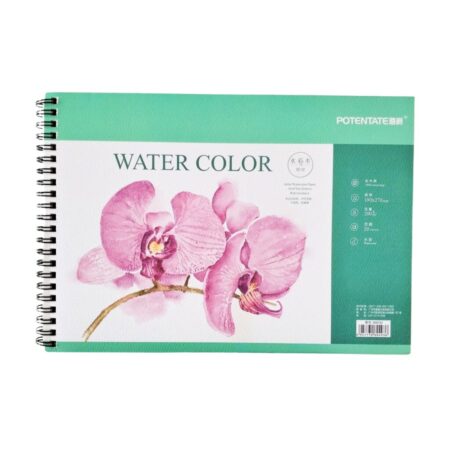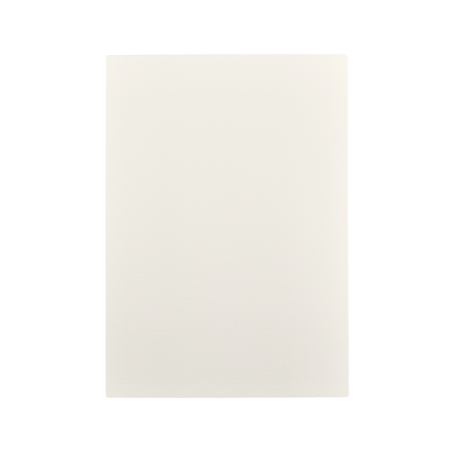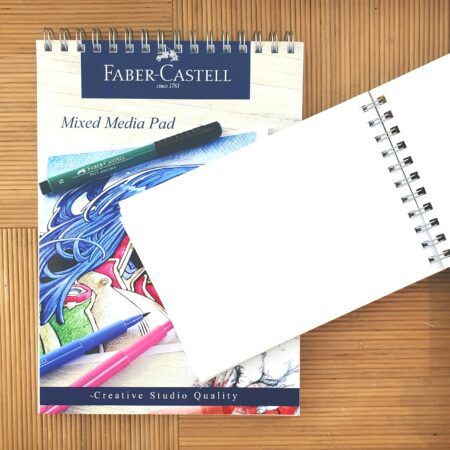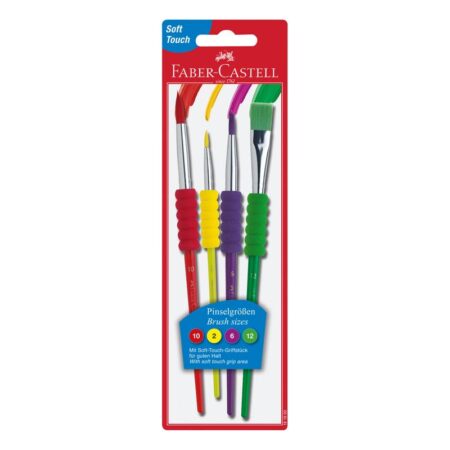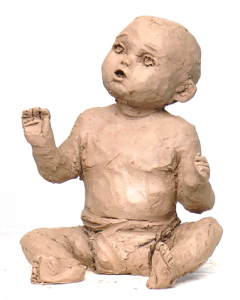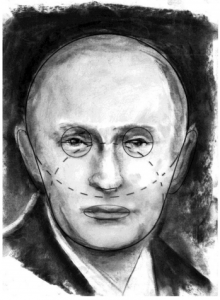International Coffee Day has been celebrated all over the world on October 1 since 2015. This day is dedicated to promoting fair trade of coffee and raising awareness of the efforts of all involved in the coffee industry. Coffee is a popular drink all over the world and it is also a great crafting material that is available in almost every home. Painting with coffee is monochromatic in shades of brown and ideal for painting with an antique look.
Tips and recommendations for painting with coffee:
Painting with coffee is similar in its features to painting with Watercolor, but instead of the watercolor colors, the coffee itself provides the pigments of the color. You can draw with all types of coffee: black coffee, espresso, coffee miracle and ground coffee. From experience, the most recommended is Nes Coffee which dissolves easily with water at room temperature. Painting with black coffee creates an interesting texture with the grains, but it is difficult to achieve a dark shade. You can also create an interesting texture by mixing salt with the coffee.
In coffee painting, similar to watercolor painting, it is advisable to work with thick and durable paper that does not tear in contact with water. They usually draw with coffee on Watercolor paper, Cotton paper או Mix-media paper thick. It is recommended to use brushes suitable for watercolors, but any simple brush will also do the job. You can also usesponges and cotton buds that will help absorb excess coffee and create airy and soft textures. The different shades of coffee are created by dilution with a different amount of water in relation to the coffee. The more the coffee is diluted with a lot of water, the shade that will be created will be lighter and the more it is diluted with less water, the shade will be darker and thicker. It is recommended to prepare in advance She spat of different shades for your painting. Also, a jar with water and a cloth for wiping brushes.
It is recommended to start withBristol Pages Simple for experiments and getting to know the painting possibilities with coffee before diving into a complete painting. If you want to make a sketch for a drawing on the thick paper, it is recommended to useSoft pastel crayon In a light beige or sepia shade.
You should start with layers of coffee diluted in water and gradually add darker and thicker layers of color. In order to create an interesting dispersion of the coffee, you can wet the drawing medium withGentle water spray And in contact with the brush dipped in coffee - the color of the coffee spreads over the surface of the wet part of the substrate. The coffee color can be erased with a clean, wet brush. To erase a layer of paint, you can wet the painting surface with water until the entire layer is removed. To clarify or whiten certain areas you can useWhite watercolor.
For advanced students, it is recommended to draw with coffee using the Line & Wash technique, which combines drawing thin linespen or ink With a gentle wash of color, and in our case with coffee.
And the most important tip - don't forget to make yourself a cup of coffee just the way you like it so you can sip it while you're at it for a more enjoyable sensory experience 🙂
Fun creation!



